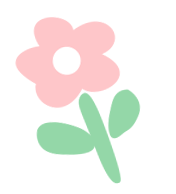
 Click the blue text to follow us
Click the blue text to follow us
The world of Traditional Chinese Medicine (TCM) is filled with mysteries.
Every herb and flower can potentially become a medicinal material.
Are you interested in delving deeper into TCM?
The Xinyi TCM School at the County TCM Hospital is now open for classes!
If you have any questions, please leave a message on our WeChat public account.

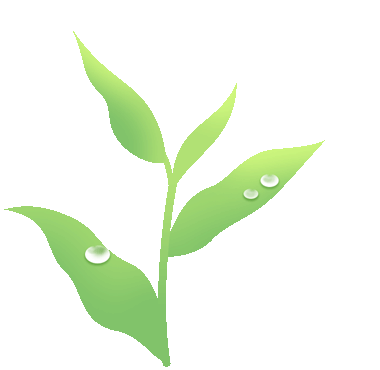 Jin Yin Hua (Honeysuckle)
Jin Yin Hua (Honeysuckle)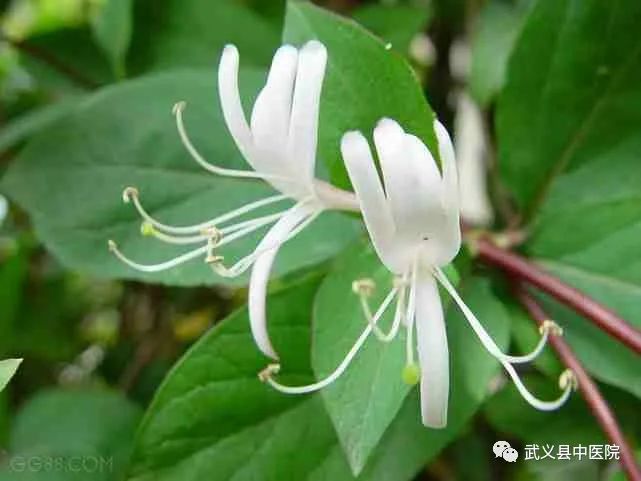
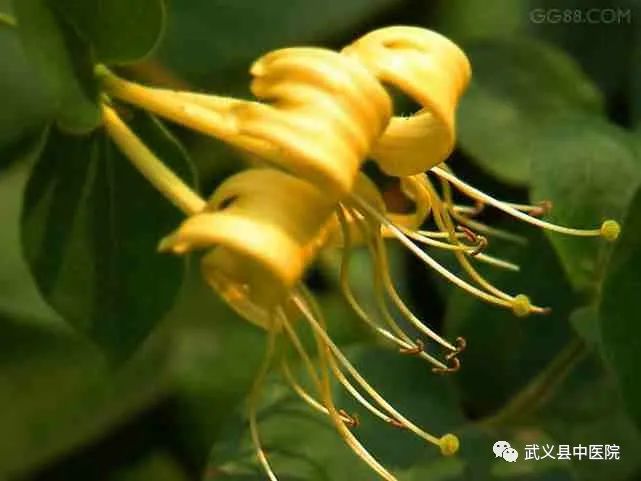
Jin Yin Hua, also known as Lian Huan Hua, Yin Hua, Shuang Hua, Er Hua, Jin Teng Hua, Shuang Bao Hua, Jin Hua, Er Bao Hua, is currently in the prime season for harvesting.
Honeysuckle was first recorded in the “Bencao Gangmu”. Tao Hongjing stated: “It resembles a vine, does not wither in winter, hence the name Honeysuckle.” Li Shizhen noted: “Honeysuckle is found everywhere, climbing trees with slightly purple stems, leaves resembling those of the ivy, green with droplet hairs. It flowers in March and April, about an inch long, with two flowers on one stem, one large and one small, resembling a half side. The long stamens are white when first opened; after two or three days, they turn yellow. The new and old flowers mix, yellow and white contrasting, hence the name Jin Yin Hua, with a very fragrant aroma. The flowers are harvested in April and dried in the shade; the stems and leaves can be harvested at any time. They should be dried in the shade.”
1Source
Honeysuckle is the dried flower buds or newly opened flowers of the Caprifoliaceae family, primarily produced in Shandong and Henan provinces.
2Identification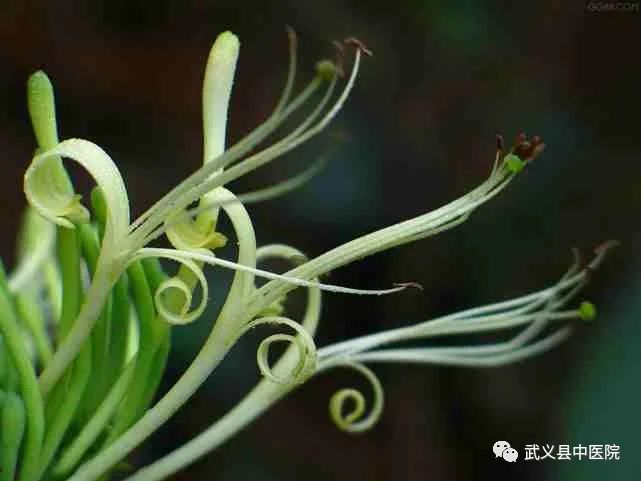
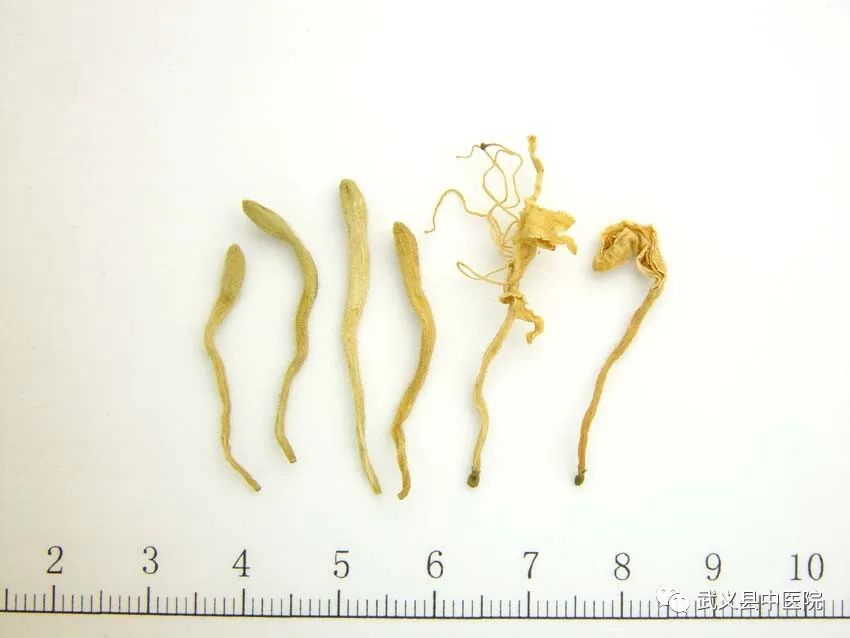
The flower buds are small and stick-like, thicker at the top and tapering downwards, slightly curved. The surface is yellow-white or green-white, deepening in color with prolonged storage, densely covered with short soft hairs. Occasionally, leaf-like bracts are seen. The calyx is green, with five lobes at the tip, and the lobes are hairy. The open flowers are tubular, with a two-lipped tip; there are five stamens attached to the tube wall, yellow; one pistil, with a hairless ovary. The aroma is clear and fragrant, with a sweet and slightly bitter taste. The best quality has many flower buds, light color, soft texture, and a clear fragrance.
3Properties and Channels
Sweet, cold. Enters the Lung (Fei), Stomach (Wei), and Large Intestine (Da Chang) meridians.
4Applications
Jin Yin Hua is a common Chinese herbal medicine known for its ability to clear heat and detoxify, dispel wind-heat, and is used for abscesses, sore throat, blood-heat dysentery, wind-heat colds, and febrile diseases. It is often found in formulas for alleviating colds, coughs, and throat discomfort. Jin Yin Hua as a tea is also a common dietary therapy at home. Today, let’s learn how to cleverly use Jin Yin Hua!
1.Sore Throat: Jin Yin Hua and Mai Dong Tea
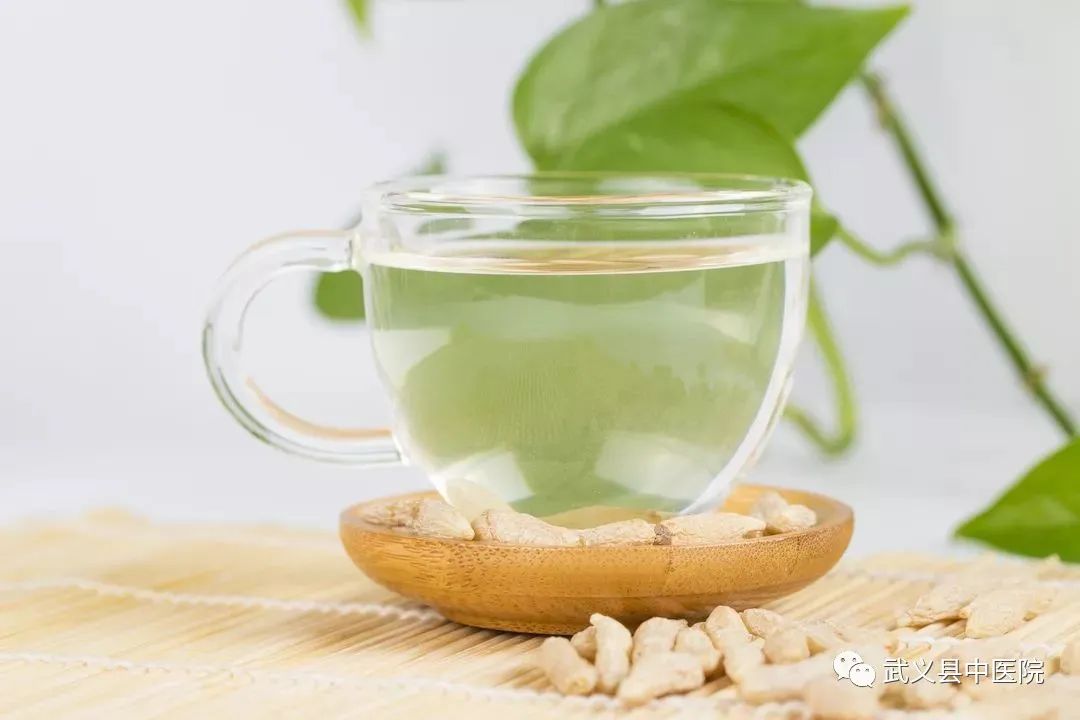
When experiencing a dry and itchy throat, consuming a lot of throat lozenges or constantly clearing the throat is not advisable, as it can worsen the dryness. Instead, try brewing some Jin Yin Hua tea.
Method:Take 5 grams of Jin Yin Hua, 5 grams of Mai Dong (Ophiopogon), 3 grams of Jie Geng (Platycodon), and 2-3 grams each of Sheng Gan Cao (Raw Licorice), Pang Da Hai (Sterculia), and Zang Qing Guo (Fructus Rhamni), and steep in boiling water.
Principle:Jin Yin Hua dispels wind-heat, Mai Dong nourishes yin and generates fluids, Jie Geng opens the lungs and benefits the throat. Together, these ingredients can relieve throat dryness and itchiness.
2.Hoarseness: Jin Yin Hua and Honey Infusion
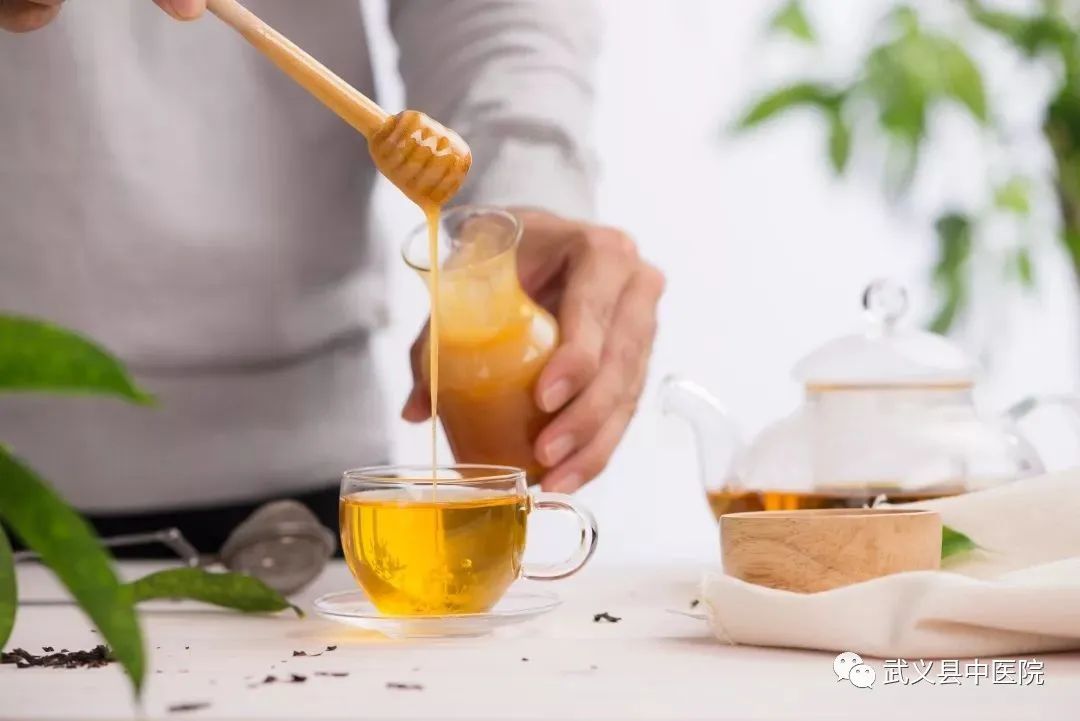
For hoarseness, prepare a homemade infusion that is both soothing and detoxifying, especially suitable for autumn consumption.
Method:Take 15 grams of Jin Yin Hua, 10 grams of Zhi Zi Hua (Gardenia), and 6 grams of Gan Cao (Licorice), soak them in 500 milliliters of fresh honey for one week before consuming.
Principle:Jin Yin Hua can disperse wind-heat and clear blood toxins; Zhi Zi Hua can drain fire and cool the blood, nourishing the throat; Gan Cao can stop cough and resolve phlegm. By soaking, the medicinal properties of these herbs concentrate in the honey, significantly alleviating hoarseness.
3.Skin Itch: Jin Yin Hua and Fresh Reed Root Tea
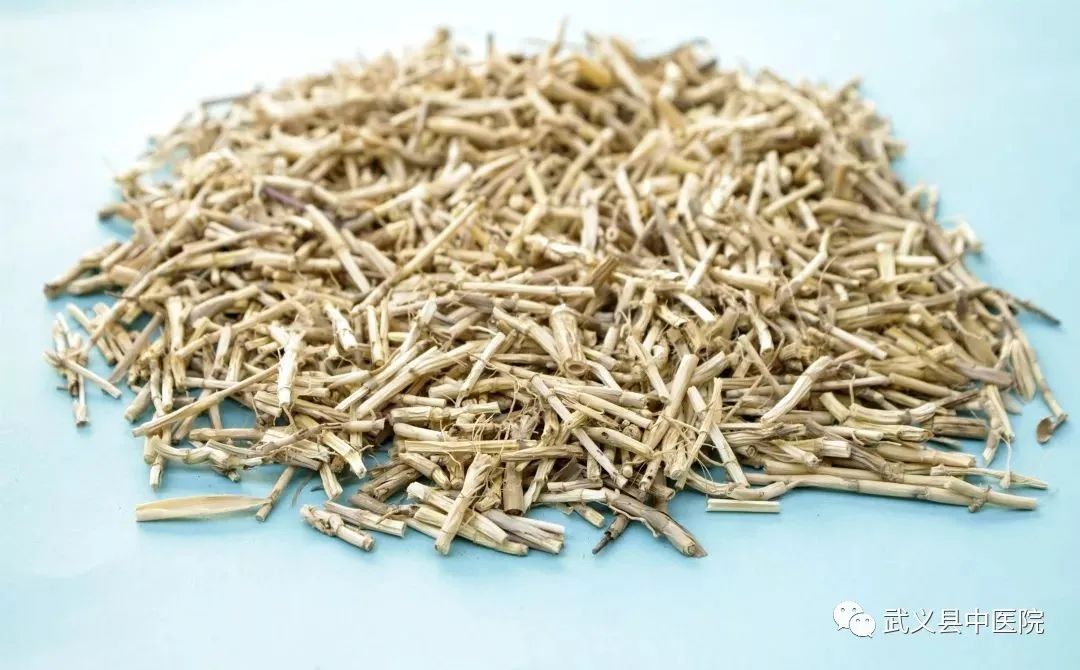
Many elderly people experience full-body itching due to temperature changes, emotional fluctuations, or consumption of spicy foods, especially noticeable before sleep, often leading to severe scratching that disrupts sleep and rest. Here’s a home remedy for adjustment.
Method:Take 10 grams of Jin Yin Hua, 30 grams of fresh Reed Root, and 6 grams of Gan Cao, decoct in water, and add an appropriate amount of honey, drinking once daily as a tea substitute.
Principle:The essence of the three herbs combined with honey has the effect of clearing heat and reducing spots, suitable for elderly patients with skin itching and heat symptoms.
4. High Blood Pressure: Er Hua Tea
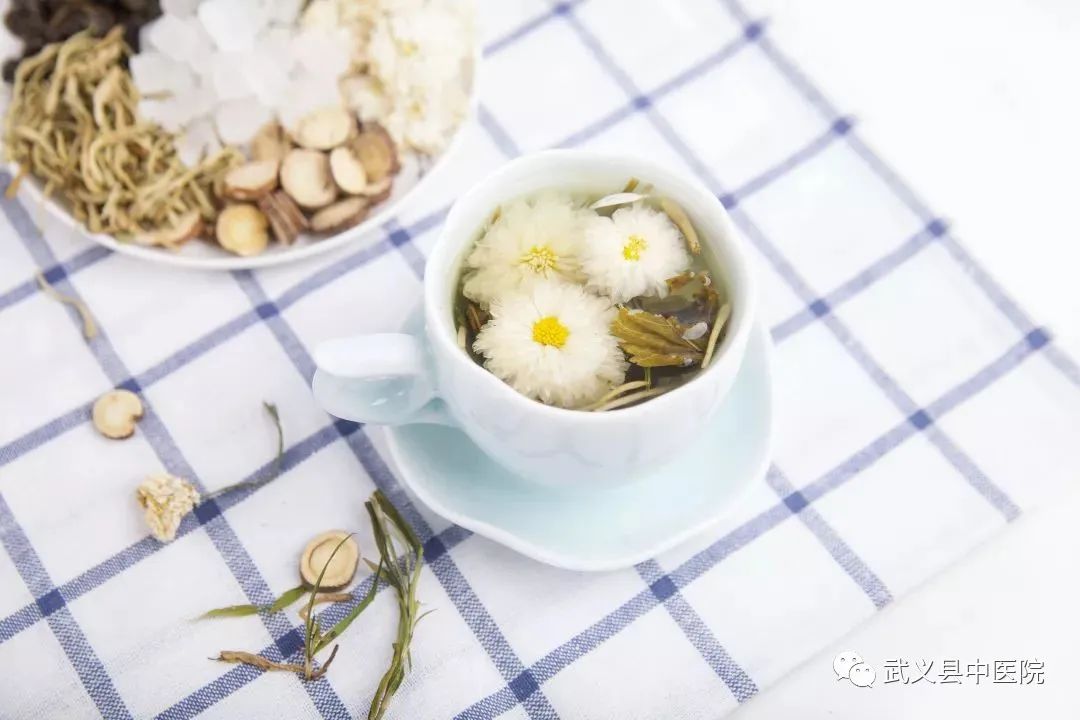
Individuals with high blood pressure may sometimes experience poor sleep; a cup of Er Hua tea can be beneficial.
Method:Take 30 grams each of Jin Yin Hua and Bai Ju Hua (White Chrysanthemum), divide into 5 portions, using one portion each time, steeping in boiling water as a tea substitute.
Principle:This product helps lower blood pressure and improve sleep, especially suitable for elderly individuals with hypertension and poor sleep.
Usage Precautions
Jin Yin Hua has many uses, but it is cold in nature. Although it is a food-medicine homologous product, attention should be paid to the following aspects:
1. Dosage: Do not exceed 15 grams for medicinal use at one time, as excessive consumption may cause gastrointestinal discomfort.
2. Timing: Due to its cold nature, it is not recommended for use during menstruation.
3. Constitution: For individuals with spleen and stomach deficiency and cold, consuming Jin Yin Hua may increase the burden on the spleen and stomach.
4. Frequency: Do not brew tea every day! It should only be consumed when symptoms of “internal heat” appear, and it is best not to drink it daily.
5. Temperature: Do not let it cool before drinking! It is best to consume it while hot to maximize its medicinal effects and nutritional value; drinking it after it cools can produce “double coldness,” easily leading to diarrhea.
Editor | Party Government Office
Reviewed by | Pan Ye

